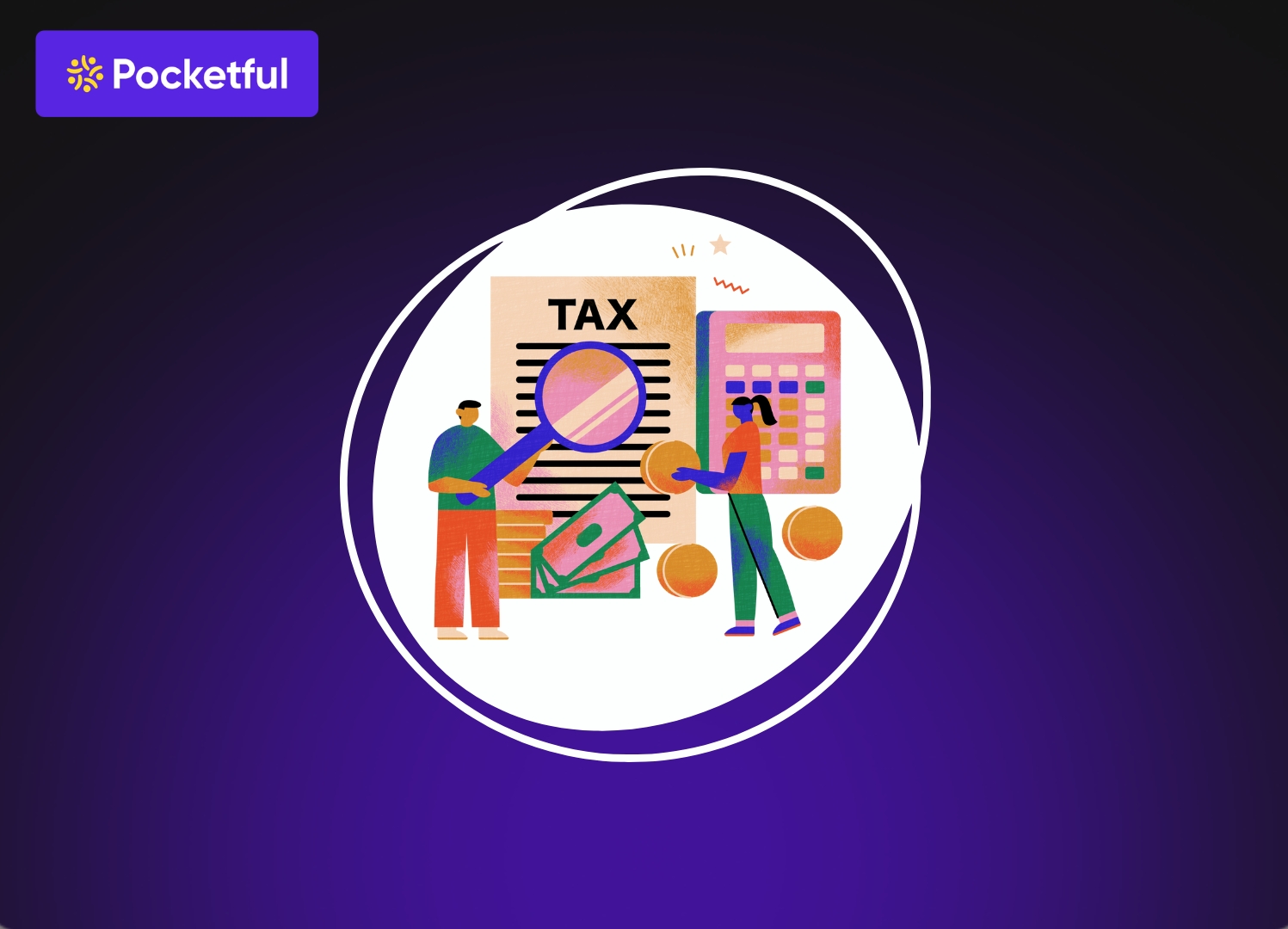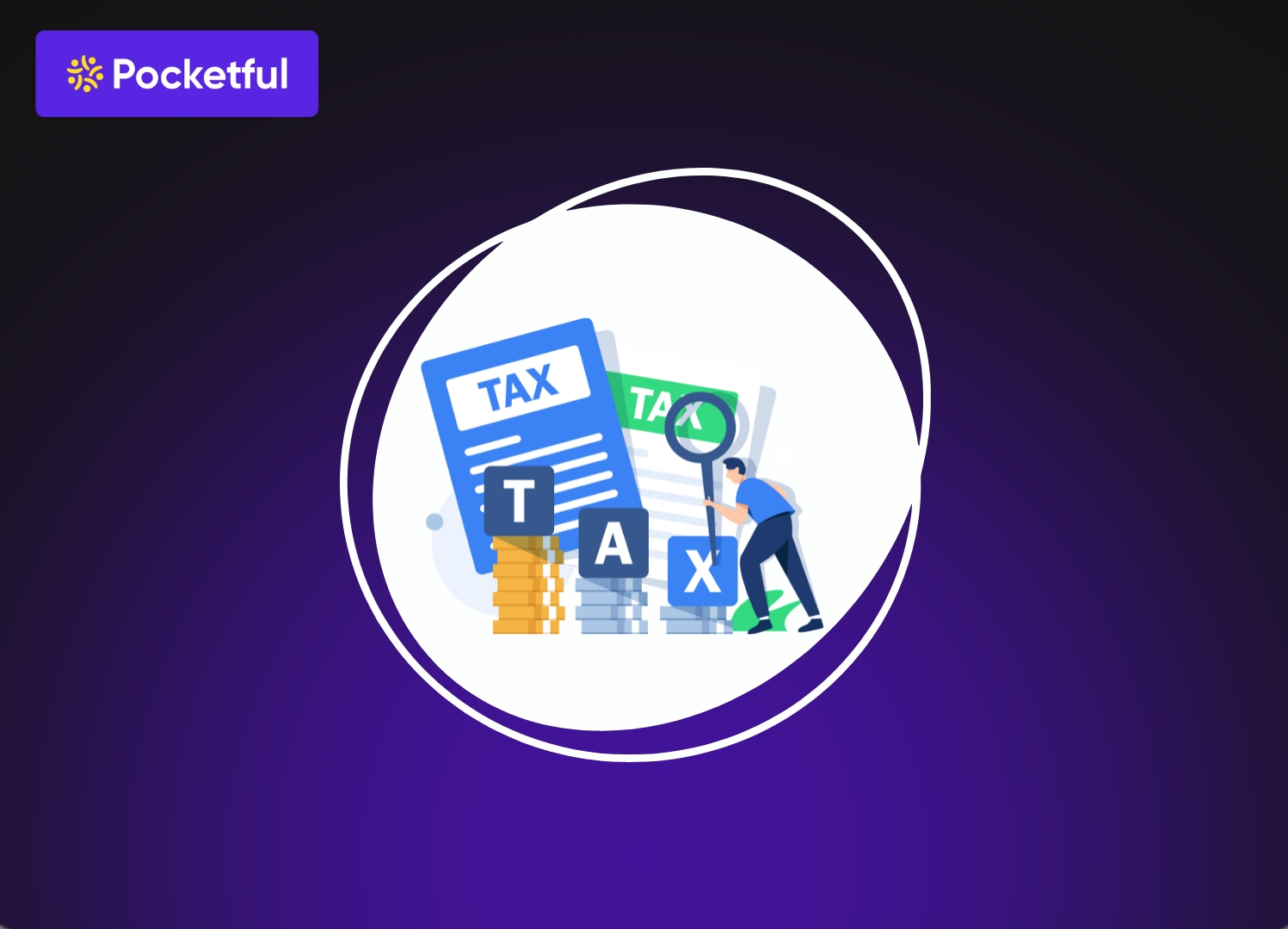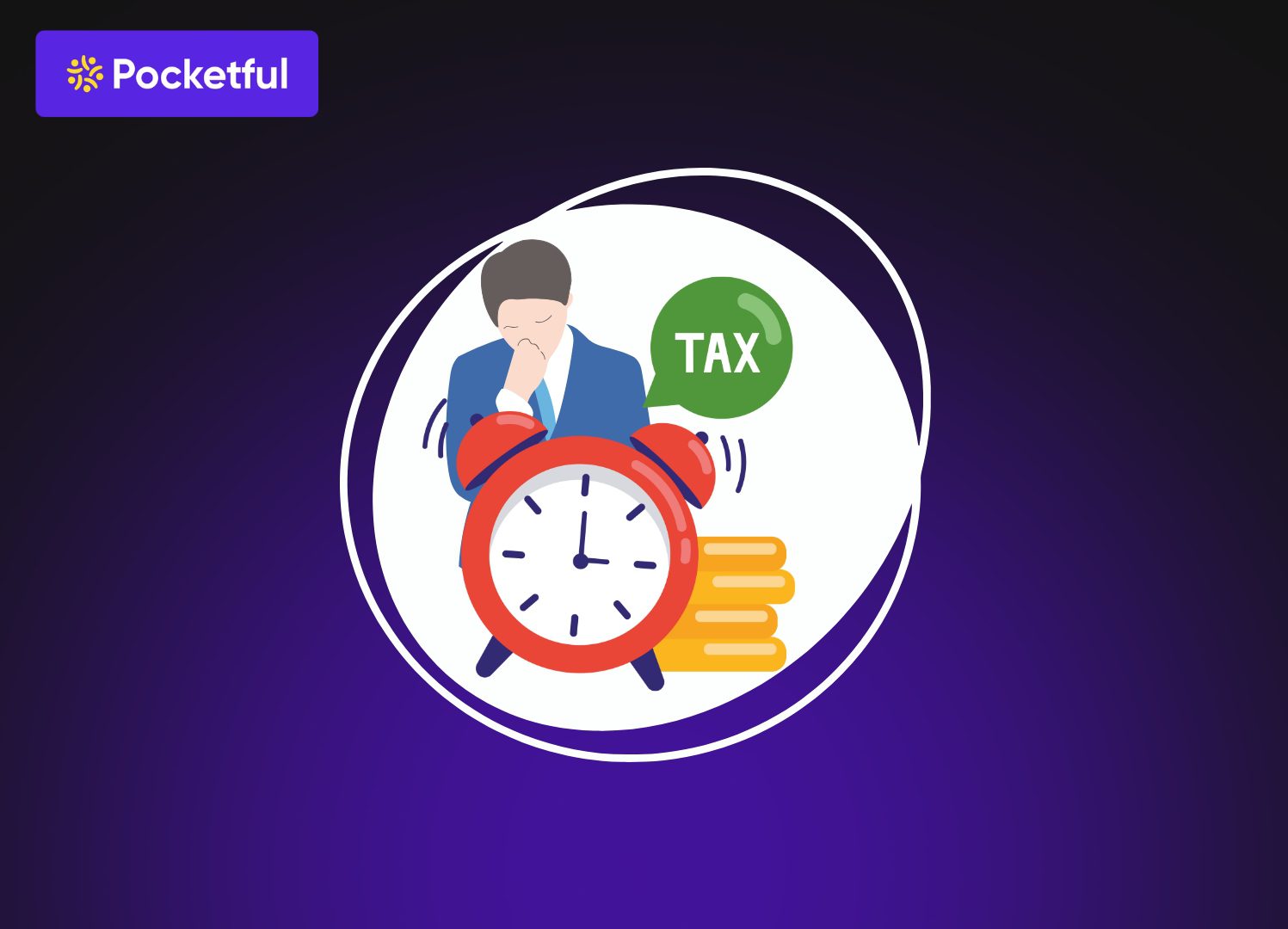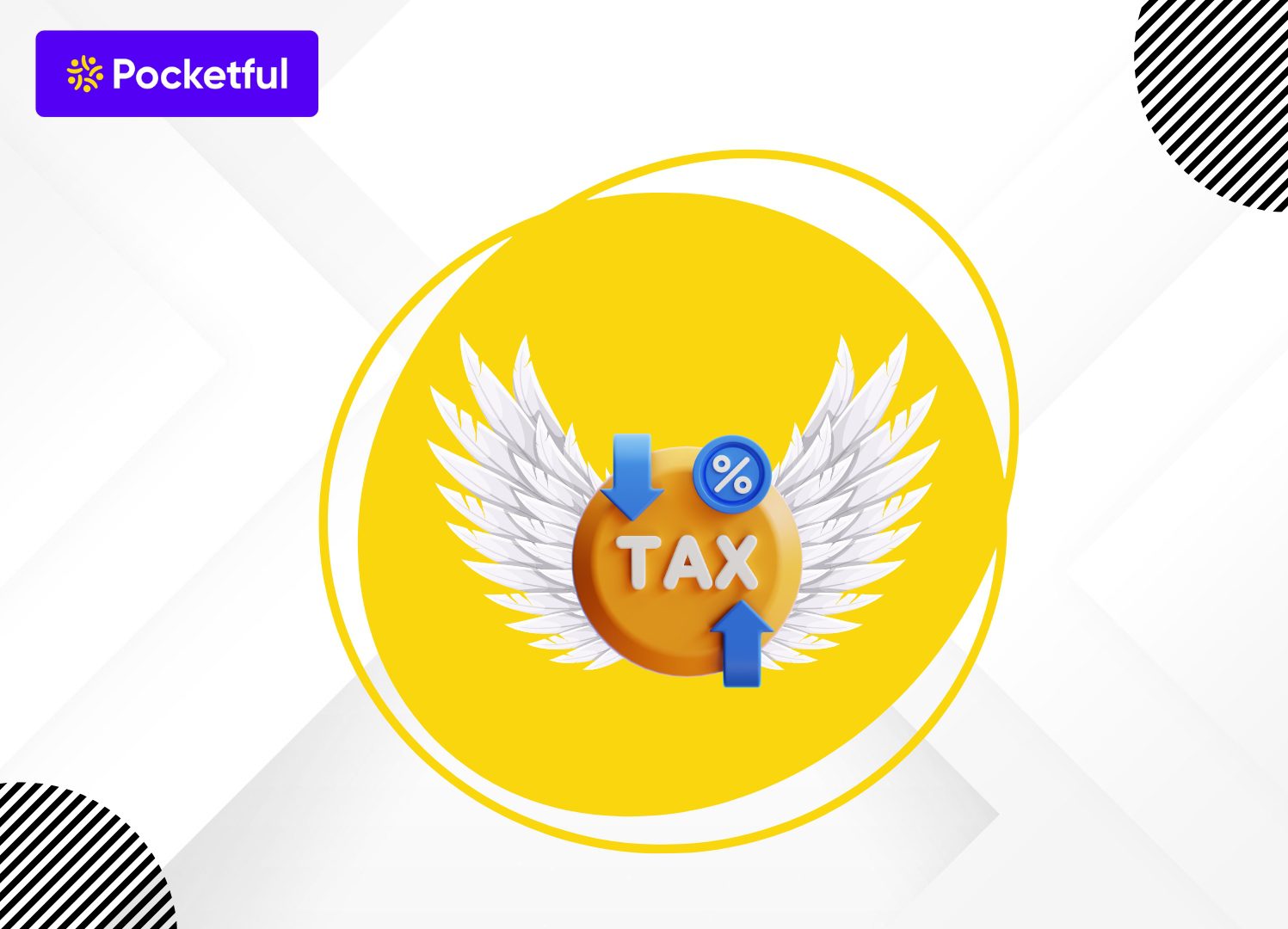When a company shares profits with its investors, it’s called a “dividend.” But the tax on this dividend has always been a bit confusing for many. Dividend Distribution Tax is a tax that companies previously paid to the government before distributing dividends to investors. This tax reduced investors’ actual earnings. Later, the government made changes to the tax system to make it simpler and more transparent. In this blog, we’ll understand what dividend distribution tax is, how it works, and its impact on investors.
What Is Dividend Distribution Tax (DDT)?
When a company distributes a portion of its profits to its investors, it’s called a dividend. However, before this dividend could reach investors, a tax had to be paid called the Dividend Distribution Tax (DDT). This meant that even after paying taxes on its earnings, the company had to pay another tax to the government before distributing the dividend. This kept the tax burden directly on the company, but the impact fell on investors’ pockets.
How was DDT implemented?
Dividend Distribution Tax was implemented under Section 115-O of the Income Tax Act, 1961. Under this rule, whenever a company decided to pay a dividend to its shareholders, it had to first deposit this tax with the government. The company had to make this payment within 14 days. This means that the company could not transfer the dividend until the tax was paid. This system made tax collection easier for the government, but imposed an additional financial responsibility on companies.
Key Features of DDT
- Legal Basis : DDT was implemented under Section 115-O of the Income Tax Act, 1961.
- Tax Payer : This tax was paid by companies or mutual funds, not investors.
- Applicable Area : Only domestic companies and mutual funds distributing dividends.
- Payment Deadline : Taxes were required to be paid within 14 days of the declaration or payment of dividends.
- Indirect Impact : Investors were not required to pay taxes directly, but received the dividend amount only after tax deductions.
- Main Objective : Simplify tax collection and stabilize government revenues.
Read Also: Mutual Fund Taxation – How Mutual Funds Are Taxed?
How Corporate Dividend Tax Was Calculated
Whenever a company wanted to pay a dividend to its shareholders, it first had to determine how much tax it would have to pay to the government on that amount. Corporate Dividend Tax was calculated using the “Gross-up Method.
Formula : DDT = (Declared Dividend × Tax Rate) / (1 − Tax Rate)
Example : Suppose a company declared a dividend of ₹100,000. According to the tax calculation, the investor should receive ₹100,000 after the company pays taxes on this amount. Therefore, the tax calculation was as follows
| Description | Calculation | Amount (₹) |
|---|---|---|
| Dividend declared (receivable by the investor) | – | 1,00,000 |
| Tax Rate | – | 15% |
| Grossed-up Base | 1,00,000 ÷ (1 − 0.15) | 1,17,647 |
| Dividend Distribution Tax (DDT) | 1,17,647 − 1,00,000 | 17,647 |
| total company expenses | Dividend declared + DDT | 1,17,647 |
Dividend Distribution Tax Rate in India – Historical Timeline
Dividend Distribution Tax (DDT) was first introduced in India in 1997. At that time, the tax rate was set at 10%. Its purpose was to simplify the tax process on dividend income so that the tax could be collected directly at the company level.
Evolution of Rates
| Year/Period | Nature of Change |
|---|---|
| 1997–2000 | First time application rate 10% |
| 2000–2002 | DDT abolished |
| 2003–2006 | DDT reintroduced, rate increased |
| 2007–2015 | Rate increased to 15% (surcharge and cess exclusive) |
| 2016–2019 | Additional tax added on high income earners |
| After 2020 | DDT completely eliminated |
Read Also: Income Tax Return Delay on ITR AY 2025-26 – ITR Refund Delay Reasons
The Abolition of Dividend Distribution Tax in 2020
The government has implemented a major reform of the dividend tax system, completely eliminating the Dividend Distribution Tax (DDT). Previously, this tax was paid by companies, leading to double taxation once on company profits and again when dividends were distributed. It was removed to reduce this burden and make the tax structure more equitable.
How does the new system work?
- Companies no longer have to pay any tax when they pay dividends.
- Instead, the dividend received by an investor is considered part of their total income.
- It is now taxed according to the investor’s income tax slab rate.
- This change reduced the tax burden on companies and shifted the tax responsibility to the investor.
Read Also: Tax Implications of Holding Securities in a Demat Account
Pros and Cons of the Dividend Distribution Tax Regime
| Aspect | Pros | Cons |
|---|---|---|
| Tax collection process | Tax collection became easier for the government as DDT was collected directly from companies. | Additional tax burden on companies increased, which reduced profits. |
| Investor convenience | Investors received dividends after tax deduction, so they did not have the hassle of tax filing. | The actual returns to investors were reduced because the company paid the tax in advance. |
| Stability of revenue | Every time a dividend was declared, the government received a fixed amount of tax, which kept the revenue stable. | Due to high tax rates, many companies opted for buybacks instead of paying dividends, which affected tax collection. |
| Transparency | Paying taxes at the company level kept the process clear and consistent. | Foreign investors suffered losses because they were unable to take credit for taxes paid in India in their own country. |
| Impact of the tax system | Initially, DDT simplified the tax system and made compliance easier. | Due to double taxation, this system became cumbersome and ineffective over time. |
Read Also: Inheritance Tax: Past, Progression, And Controversy
Old vs. New Dividend Tax Regime
| Aspect | DDT Regime | Investor-Based Taxation |
|---|---|---|
| Who paid the tax | The company used to pay tax (Dividend Distribution Tax) | Now the investor pays tax as per his income tax slab |
| Tax rate structure | Effective rate | Slab rates vary according to income |
| Tax deduction process | The company used to pay DDT before paying a dividend. | TDS is deducted on dividends above ₹5,000 |
| double taxation | Yes, indirect impact on both the company and investors | No, tax is now levied only on the investor’s income |
| Impact on foreign investors | Disadvantageous because tax credits could not be claimed | Beneficial, now tax credits can be claimed easily |
| Impact on the company’s cash position | Tax burden on the company, which reduced cash flow | Reduced tax burden, dividend policy becomes more flexible |
| Transparency of the system | Limited, as the tax would stop at the company level | More transparent, as taxes are directly reflected in investor income |
Conclusion
Previously, the dividend tax system was a bit complicated. Companies paid the tax, while investors’ earnings were also reduced. When the government removed this, the entire structure became simpler and more transparent. Now, the tax is levied where the income is earned, in the hands of the investor. This reduced pressure on companies and provided greater clarity to investors. Overall, this change proved to be a correct and necessary step for the market.
Frequently Asked Questions (FAQs)
Who was responsible for paying DDT?
DDT was paid by the company or mutual fund, not the investor.
Why was Dividend Distribution Tax removed?
It was removed to eliminate double taxation and make the tax structure transparent.
How are dividends taxed now?
Dividends are now added to the investor’s income and taxed according to their income tax slab.
What was the main disadvantage of DDT?
Taxing the same profit twice increased the burden on both companies and investors.




